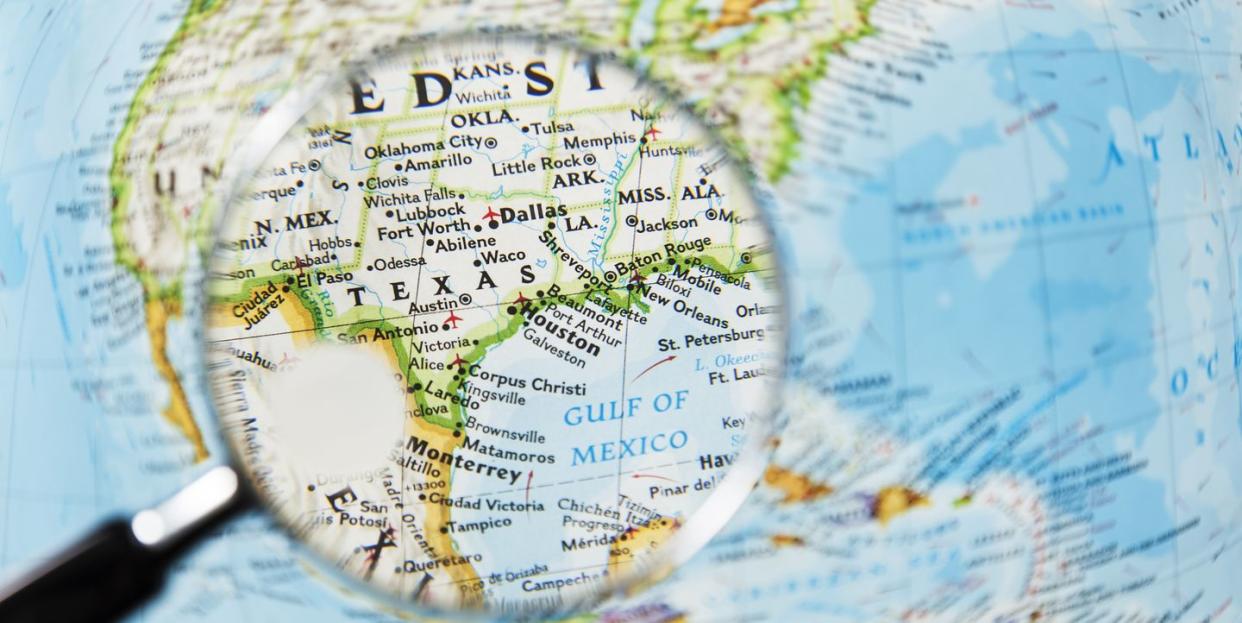Why America Is Experiencing Shrinkage

The U.S. is undergoing height modernization using gravity grids and GPS data.
Everything from sea level to the tallest mountain is likely to change a little bit.
The missing piece is gravity, which affects how tall things are in surprising ways.
Science has bad news for people around the world who think they know how tall things are: Nothing is real, and it’s all being recalculated, according to a new report in The New York Times. With the recalculation, experts expect that locations around the U.S. could lose up to a meter or more of documented height.
To measure human height, we hop on a scale or use a measuring tape: standardized units that are manufactured and, one hopes, quality controlled so each tape or scale is the same. (That’s far from assured, too. We’re used to the idea that oven temperatures or home thermostats might not be spot on, but we have some bad news for you about measuring cups and nutritional labels.)
But to measure the height of landmarks, physical features like mountains, and even how high above sea level the ground is, scientists must collaborate on a complex series of calculations involving surveyors, the changing nature of sea level, gravity itself, and distortions from modern industries like fracking.
The truest form of height measurement is a combination of existing technology with the addition of a weighted metric that includes gravity, according to experts called geodesists. From the Times report:
“Height is distance measured along the direction that gravity points, and the strength and direction of gravity’s pull vary according to the density of what is beneath the terrain and near it. In other words, height is not merely distance or elevation above the ground; it is tied to gravity. Gravity, in turn, is related to the distribution of mass.”
So while we may think of gravity as a thick and uniform blanket that covers Earth with equal distribution, the truth is wavier, bumpier, and with more peaks and valleys that point in slightly different directions. Imagine a group of people—admittedly, that’s a challenge right now—who all have antennae that extend directly up and out of their heads based on their posture. Almost no one’s antennae would point in the exact same direction.
Once geodesists have the detailed new gravity map in place, they’ll combine that with GPS satellite data to create a 3D blanket of heights of items around the nation. In a way, this change mimics the same technological step forward that being able to photograph Earth from space made to mapmaking at that time. The most interesting part could be that one very tiny part of the country is expected to “change heights” very little: southern Florida.
Part of why the U.S.’s height has changed is from the mass of the continent itself pressing into Earth and forcing its mass to redistribute underneath. So the largest changes are anticipated in the northwestern U.S., where “center mass” of North America is concentrated and accentuated by the Rockies and other high mountain ranges. Florida is the farthest away from this center mass and already too close to sea level.
The new National Spatial Reference System is expected by 2023. Experts warn it could dismantle some preexisting notions of mountains of a particular height and other local landmarks and points of pride. If so, residents may turn to a classic model of how to right the spatial wrong: The Englishman Who Went Up a Hill But Came Down a Mountain.
You Might Also Like

 Yahoo News
Yahoo News 
